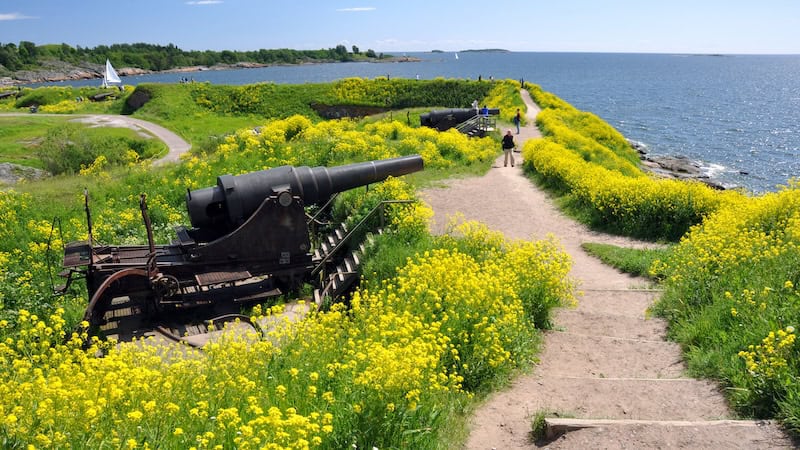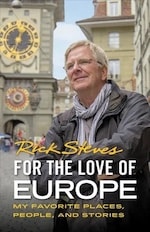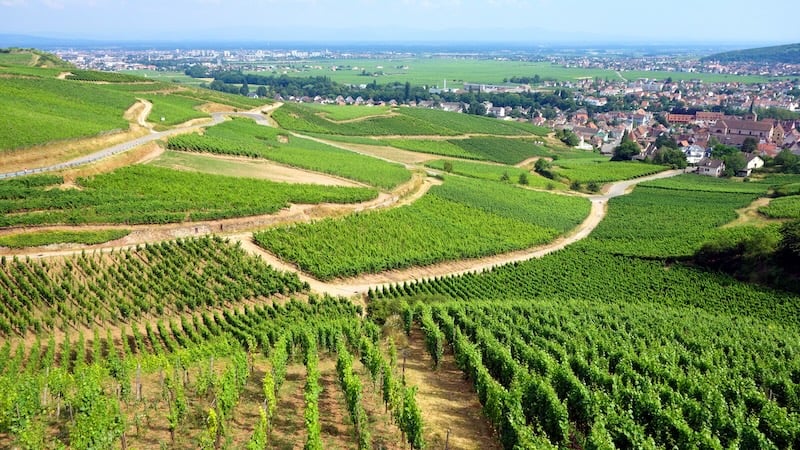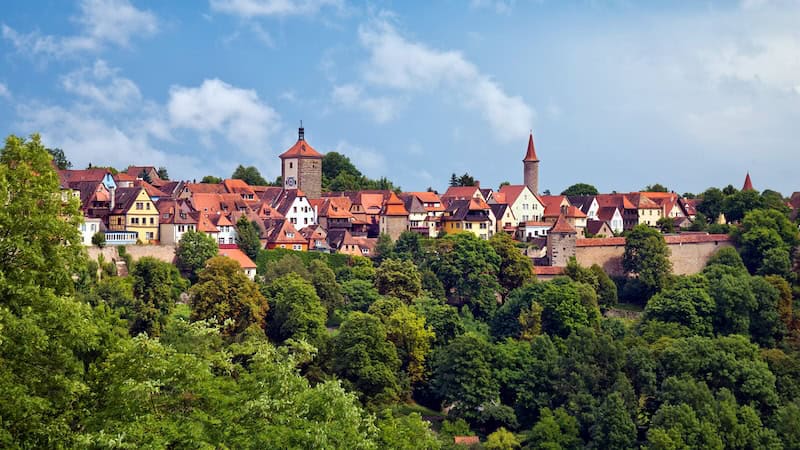Helsinki and Tallinn
Pearls of the Baltic, soul sisters across the Gulf of Finland

Helsinki and Tallinn are two great capitals in Northern Europe. Just 50 miles and a two-hour ferry ride apart, these two cities – facing each other across the Baltic Sea from their respective countries of Finland and Estonia – are not only neighbors, but soul sisters.
Finns and Estonians share a similar history – first Swedish domination, then Russian, then independence after World War I. But while Finland held on to its freedom through the Cold War, Estonia was gobbled up by the expanding Soviet Empire and spent the decades after World War II under communism, regaining its freedom in 1991.
Today both are enjoying good times as members of the European Union and share a common currency, the euro (Finland was one of the first countries to adopt the euro, in 1999). And both countries are members of NATO, with Finland joining the military alliance in 2023 for protection against a newly belligerent Russia.
In spite of its Swedish roots, old Helsinki feels Russian. When the Russians took over Finland in 1809, they moved the capital to Helsinki and hired German architect Carl Ludvig Engel to model the city after their capital, St. Petersburg. This resulted in fine Neoclassical squares and stone buildings with white trim and columns. Because filming in Russia was not possible during the Cold War, movies like “Gorky Park” and “Dr. Zhivago” were actually filmed in Helsinki.
Helsinki’s grand boulevard, the Esplanade, provides wide and inviting sidewalks for shoppers and a people-friendly park up the middle. At the top of the Esplanade is Market Square, Helsinki’s delightful harborfront plaza. The colorful outdoor market is worth a stop for perhaps the quickest, cheapest lunch in town. The salmon grills are a favorite. Everyone from the Finnish president to tourists stop by for a dash of local flavor.
At the shore is a wooden deck with washing tables built out over the water. The city provides this for locals to clean their carpets. A good Saturday chore in summer is to bring the family carpet down to the harborfront, scrub it with seawater, and let it air-dry in the Baltic breeze.
A short ferry ride takes you across the harbor to Helsinki’s most important sight: Suomenlinna Fortress. It was built by the Swedes with French financial support in the mid-1700s to counter Russia’s rise to power. Think of it as European superpower chess. The Russians made St. Petersburg their “eye on the West.” The French countered by moving a Swedish castle to Helsinki, stopping the Russian offensive – for the time being. These days the sleepy fortress serves as a popular park with scenic strolling paths.
Ferries between Helsinki and Tallinn
From Helsinki’s harbor, ferries zip across the Baltic to Tallinn. The trip is so easy that Finns routinely visit Tallinn to eat, drink, and shop more cheaply than at home. On summer weekends, the city virtually becomes a Finnish nightclub.
Tallinn once consisted of two feuding medieval towns. Toompea – the upper town on a hill – was the seat of government ruling Estonia. The lower town was an independent city, a Hanseatic trading center filled with German, Danish, and Swedish merchants who hired Estonians to do their menial labor.
At the center of the lower town is Town Hall Square, a marketplace through the centuries. The 15th-century town hall dominating the square is now a museum with city history exhibits; climbing its tower earns a commanding view.
Like many tourist zones, Tallinn’s is a commercial gauntlet, with medieval theme restaurants and enthusiastic hawkers of ye olde taste treats. But just a couple of blocks away is, for me, the real attraction of Tallinn, where still-ramshackle courtyards host inviting cafés and bistros serve organic cuisine in a chic patina of old-world-meets-new.
Climbing the stairs from the lower old town into Toompea, you’ll notice that the architecture tells a story. For instance, the Alexander Nevsky Cathedral was built by Russians in 1900. Facing the parliament building, it was clearly designed to flex Russian cultural muscles during a period of Estonian national revival. It’s a beautiful building, but most Estonians don’t like it.
Near the cathedral, Tallinn’s Museum of Occupations and Freedom tells the history of Estonia under Soviet, then Nazi, and once again Soviet occupation. Artfully arranged suitcases are a reminder of people who fled the country, leaving everything behind. Prison doors evoke the countless lives lost in detention and deportation. Displays show how the Soviets used surveillance to kept Estonians in line and focus on the inhumane living conditions in occupied society, stories of Estonians living in exile, and ultimately independence and freedom.
After suffering through a challenging 20th century, Tallinn has joined Helsinki as a vibrant and welcoming destination in the 21st. While both cities have their own story to tell, Helsinki and Tallinn also share a common heritage – and spirit of resilience.
PHOTO CAPTION, ABOVE: Helsinki’s Suomenlinna Fortress – built by the Swedes in the 1700s as a bulwark against Russia’s rising power in the Baltic – is today a popular park sprinkled with picnic spots, footpaths, and old fortifications. Used with “Helsinki and Tallinn: Pearls of the Baltic.” CREDIT: Rick Steves.
 Rick Steves (www.ricksteves.com) writes European guidebooks, hosts travel shows on public TV and radio, and organizes European tours. This column revisits some of Rick’s favorite places over the past two decades. Read more European adventures in For the Love of Europe. Other books include numerous destination-specific travel guides, including Rick Steves Portugal. You can email Rick at rick@ricksteves.com and follow his blog on Facebook.
Rick Steves (www.ricksteves.com) writes European guidebooks, hosts travel shows on public TV and radio, and organizes European tours. This column revisits some of Rick’s favorite places over the past two decades. Read more European adventures in For the Love of Europe. Other books include numerous destination-specific travel guides, including Rick Steves Portugal. You can email Rick at rick@ricksteves.com and follow his blog on Facebook.
Explore more of Rick Steves’ Europe in Boomer
©2024 RICK STEVES



